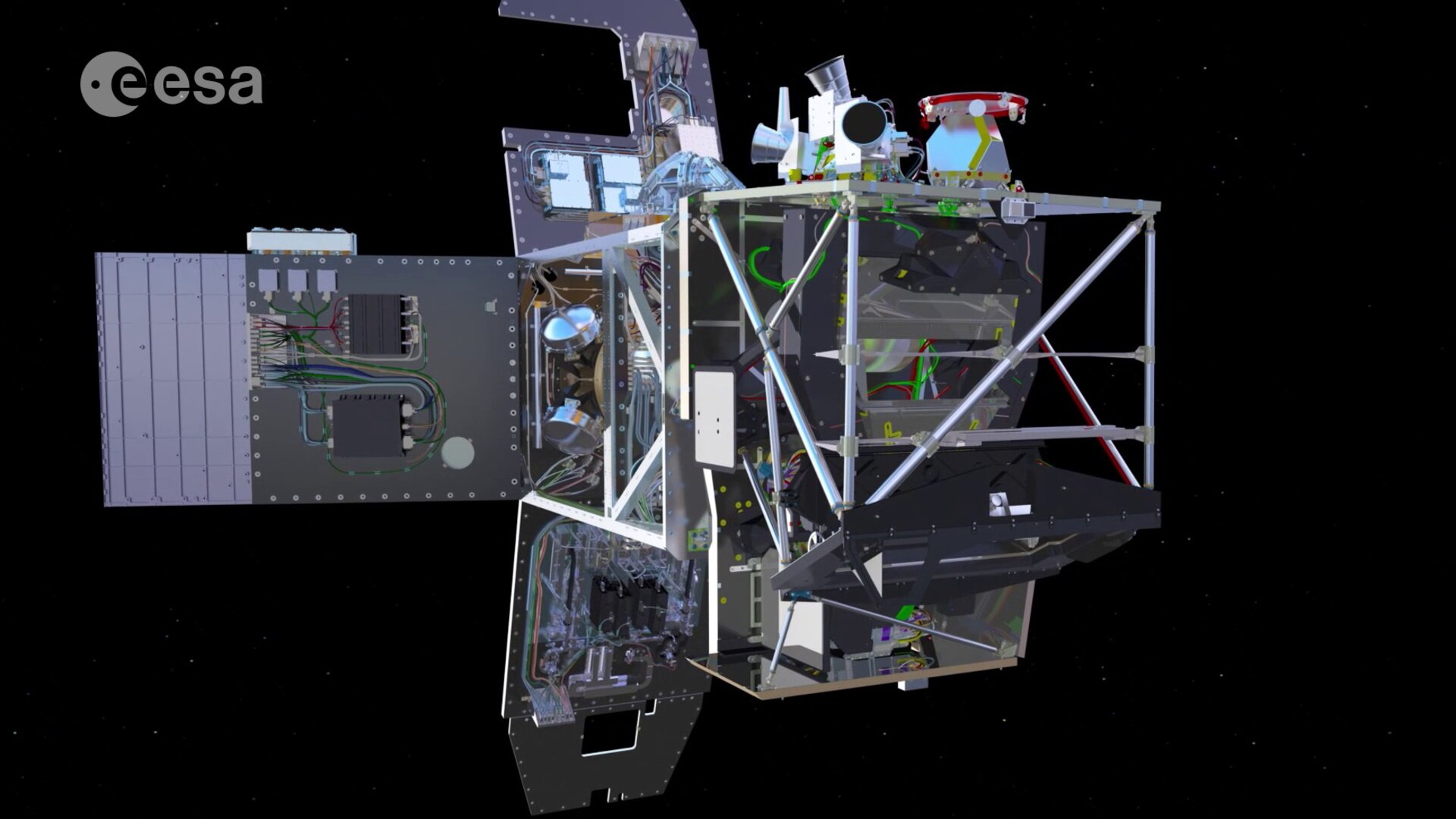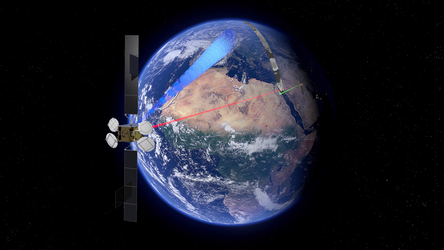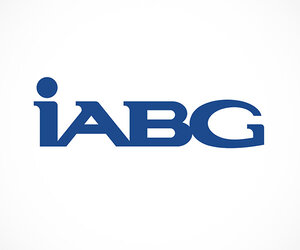Sentinel-2 practises laser spin
As Sentinel-2A nears the end of testing before being shipped to its launch site, one of the last jobs has been to make sure the satellite’s laser terminal is up to the job of delivering large volumes of data at breakneck speed.
Sentinel-2A is the next of ESA’s satellites dedicated to Europe’s environmental monitoring Copernicus programme.
It carries a state-of-the-art high-resolution multispectral imager with 13 spectral bands which, along with the satellite’s wide swath of 290 km and frequent revisit times, will provide unprecedented views of Earth’s land and vegetation.

This new mission will be used to improve agricultural practices, map changes in land cover, monitor the world’s forests and detect pollution in lakes and coastal waters. In addition, images of floods, volcanic eruptions and landslides will contribute to disaster mapping and help humanitarian relief efforts.
Having access to imagery as fast as possible is essential for a number of these applications.
Orbiting from pole to pole almost 800 km up, Sentinel-2A will transmit data to Earth routinely, but only when it passes over its ground stations in Europe. However, geostationary satellites, hovering 36 000 km above Earth, have their ground stations in permanent view so they can send down data all the time.
Creating a link between the two kinds of satellites means that more information can be streamed to Earth almost continuously. New laser technology provides the means to do this.


Access the video
Sentinel-2A is equipped with a laser terminal to transmit data to satellites in geostationary orbit carrying the European Data Relay System, EDRS. These satellites then transmit the Sentinel-2 data to the ground. Complementing the Sentinel ground-station network, EDRS ensures the timely availability of large volumes of data.
This principle was first demonstrated in November 2014 when Sentinel-1A, which carries a similar laser terminal, linked up with Alphasat to deliver data.
Marking a significant milestone in preparations for launch, Sentinel-2A’s laser terminal, or ‘optical communications payload’, has recently come through a set of rigorous tests.

The tests, carried out at IABG in Germany, included a ‘trajectory test’ where the unit’s pointing assembly was swivelled, as it would in orbit to align itself with the geostationary EDRS satellite.
Janice Patterson, ESA’s Sentinel-2 system operations and optical communications payload engineer, said, “The optical communications payload is very complex and the success of this recent test is a testament to our collaboration with TESAT-Spacecom GmbH, who developed the laser communication terminal and the downlink system, the DLR German Aerospace Center, who contributed to the funding, and Airbus Defence and Space, the Sentinel-2 prime contractor.”
With launch from Europe’s Spaceport in Kourou scheduled for June, the satellite is now going through final validation tests before the Qualification and Acceptance Review Board authorises its shipment.














 Germany
Germany
 Austria
Austria
 Belgium
Belgium
 Denmark
Denmark
 Spain
Spain
 Estonia
Estonia
 Finland
Finland
 France
France
 Greece
Greece
 Hungary
Hungary
 Ireland
Ireland
 Italy
Italy
 Luxembourg
Luxembourg
 Norway
Norway
 The Netherlands
The Netherlands
 Poland
Poland
 Portugal
Portugal
 Czechia
Czechia
 Romania
Romania
 United Kingdom
United Kingdom
 Slovenia
Slovenia
 Sweden
Sweden
 Switzerland
Switzerland




































